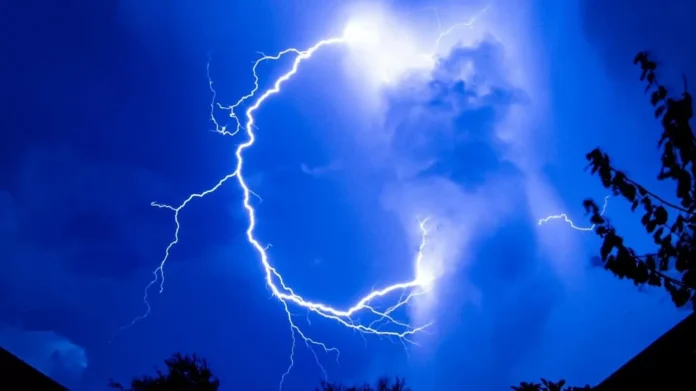Since 2006, almost 500 people have lost their lives due to lightning strikes in the United States, according to the National Lightning Safety Council. This alarming statistic serves as a reminder of the power and unpredictability of nature. However, it also highlights the importance of being aware and prepared when it comes to lightning safety.
Lightning is a natural phenomenon that occurs when the electrical charge between the clouds and the ground becomes unbalanced. This results in a sudden and powerful discharge of electricity, which can be fatal to humans. While lightning strikes can happen at any time, they are most common during the summer months when thunderstorms are more frequent.
The National Lightning Safety Council (NLSC) is a non-profit organization dedicated to promoting lightning safety and reducing the number of lightning-related deaths and injuries in the United States. According to their data, there has been a steady decline in the number of lightning fatalities since 2006. This is a testament to the efforts of the NLSC and other organizations in educating the public about lightning safety.
One of the most important things to remember when it comes to lightning safety is to seek shelter immediately when a thunderstorm is approaching. A sturdy building or a fully enclosed metal vehicle are the safest places to be during a lightning storm. Avoid seeking shelter under trees, as they can attract lightning strikes. If you are caught outdoors with no shelter in sight, crouch down low on the ground, but do not lie flat. Keep a safe distance from other people and objects, and do not use electronic devices or metal objects.
Another crucial aspect of lightning safety is to be aware of your surroundings. If you are participating in outdoor activities such as hiking, camping, or sports, always check the weather forecast beforehand. If there is a chance of thunderstorms, have a plan in place for seeking shelter and know the safest route to get there. It is also important to stay informed about any lightning warnings or watches in your area.
The NLSC also emphasizes the importance of lightning safety indoors. While it may seem like a safe haven, lightning can still pose a threat to buildings. It is recommended to stay away from windows and doors during a thunderstorm and avoid using any electrical appliances or plumbing. If possible, unplug electronic devices to protect them from power surges.
In addition to seeking shelter and being aware of your surroundings, there are other precautions that can be taken to minimize the risk of being struck by lightning. These include avoiding open areas, tall objects, and bodies of water during a thunderstorm. If you are in a group, spread out to reduce the chances of multiple people being struck by lightning. It is also important to wait at least 30 minutes after the last clap of thunder before resuming outdoor activities.
While lightning strikes can be deadly, it is important to remember that they are also highly preventable. By following these safety measures and staying informed, we can significantly reduce the number of lightning-related deaths and injuries in the United States.
In addition to educating the public, the NLSC also works closely with government agencies and lightning experts to improve lightning safety standards and technology. They also conduct research to better understand lightning and its effects on humans and the environment.
As we continue to see a decline in lightning fatalities, it is evident that the efforts of the NLSC and other organizations are making a difference. However, it is crucial to not become complacent and to always prioritize lightning safety. Let us all work together to spread awareness and keep ourselves and our loved ones safe from the dangers of lightning strikes. Remember, when it comes to lightning, it is always better to be safe than sorry.

